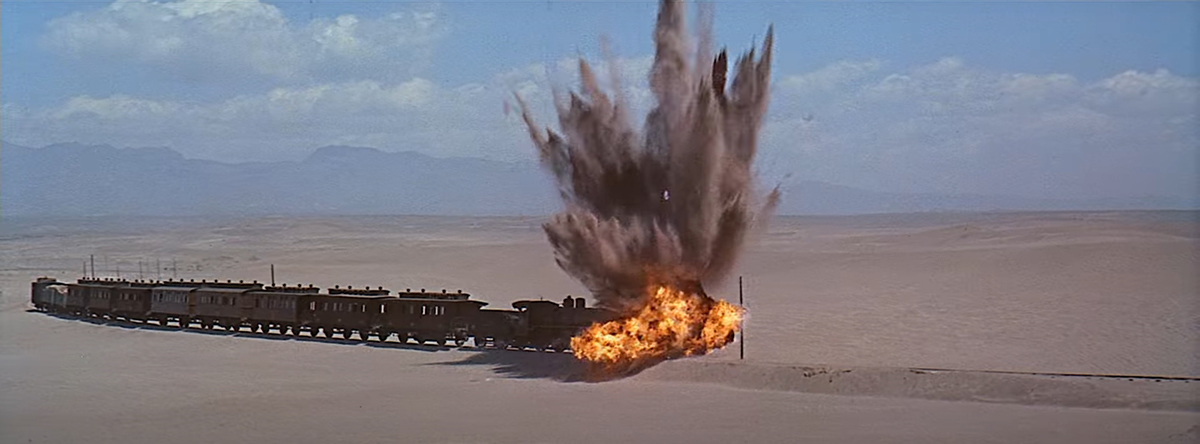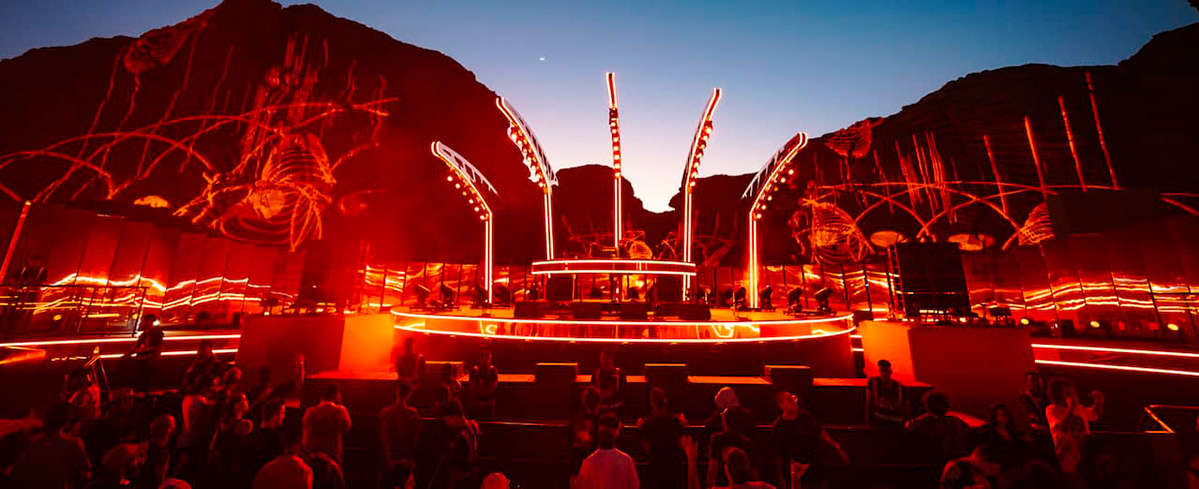Al-‘Ula, also sometimes known in English as AlUla, was once a bustling oasis town in the Medina province of Saudi Arabia. It was once an important market city on the old Incense Route, linking Arabia and India with Europe. It was built at an oasis in the desert which had fertile soil and plenty of water. Al-‘Ula was inhabited from the time of its re-founding in the 13th century right up until 1983 when the last family left. Many of the residents moved to a new, purpose-built town nearby. The old walled settlement was left abandoned.

Al-‘Ula is located about 1,100 kilometres (683 miles) west of the capital Riyadh. The area is renowned for its rich history and natural beauty. The surrounding desert features towering sandstone cliffs and beautiful rock formations including the remarkable Elephant Rock.

The first mention of a settlement at this site was the biblical city of Dedan, however inscriptions have been found indicating that the Mineans may have lived there previously. Dedan is mentioned in the Book of Ezekiel and is described as being a city state. The Dedanites were traders who used their strategic oasis to their advantage. Dedan was conquered by Nabonidus the king of Babylonia as he swept through Arabia in the 6th century BC.
It was shortly after this that the city of Al-‘Ula was first founded. The city was built within the ancient Arab kingdom of Lihyan, which was to become one of the most powerful and culturally significant kingdoms on the Arabian Peninsula. Al-‘Ula was to become their capital, prospering as a result of its strategic location on an important trading route.

The Lihyanites were succeeded by the Nabataeans who took over around 65 BC. They had arrived from the north, around modern-day Jordan, and are responsible for the remarkable carved rock temples at their capital, Petra. Under their reign, the power in the region shifted to nearby Hegra, also known as Al-Hijr and by its modern name, Mada’in Salih. Here, they also created wonderful carved stone temples and tombs numbering 131 in total. Mada’in Salih became Saudi Arabia’s first UNESCO World Heritage site in 2008.

Al-‘Ula declined in importance and the area was abandoned by the Nabataeans in 106 AD when the Romans captured their capital Petra. The area became part of the Roman province of Arabia Petraea.
There is very little evidence of settlement in Al-‘Ula again until after the Roman period when the prophet Muhammad is said to have rested at the oasis on this way to Tabuk in 630 AD. The nearby town of Al-Mabiyat some 20 km (12 mi) away began to flourish at this time and was the main settlement in the area until its decline around 1230.
In the 13th century, the walled city of Al-‘Ula was built. Much of the stone used in its creation came from the ancient ruins of the Dedanite and Lihyanite settlements. Al-‘Ula again prospered due to its strategic position on an important trading route.

The city continued to remain important as it passed through various Arab leaders before ending up part of the Ottoman Empire. They constructed the Hejaz railway, which made stops at Mada’in Saleh and Al-‘Ula on its route between Damascus and Medina. It was envisaged that the railway would stretch all the way from Istanbul to Mecca but World War I broke out and the full route was never completed.

During the war, the Arab Revolt was initiated in an effort to push the Ottomans from the Arabian Peninsula. It was lead Hussein bin Ali, Sharif of Mecca, who had declared himself King of Hejaz. The revolt was supported by other Arab leaders and by the British and French. In October 1916, the British sent a young officer, Captain T. E. Lawrence, to work with the Arab forces. He would become immortalised as Lawrence of Arabia.
In May 1917, British bombers dropped bombs on Al-‘Ula Station as part of their campaign to damage the Hejaz railway. The Hejaz line was repeatedly attacked and damaged by the guerrilla force led by T. E. Lawrence.

With the Ottomans defeated in the war, the Allies saw the establishment of the kingdoms of Hejaz and Nejd which would later be united into Saudi Arabia. With the discovery of oil in the 20th century, living standards began to rise for people across the country and Al-‘Ula was deemed no longer fit for purpose. A new town was built nearby and people began to move there. The last family left the old Al-‘UIa in 1983 and the mosque was closed in 1985.

Today, the abandoned city is referred to as Al-‘Ula Old Town. Approximately 800 homes remain with narrow, winding alleys between them. Many of the alleys were covered to protect residents from the desert heat. Many of the homes still have foundations dating back to the 13th century and some of the stone used to construct walls dates back to ancient Dedanite and Lihyanite settlements. Lihyanite inscriptions have been found in a number of places. Most of the houses were built with mud bricks for the walls and palm leaves for the ceilings.

The Saudi Arabian government has made investments in Al Ula’s preservation and preservation in recent years with a focus on promoting sustainable development and tourism. The region’s infrastructure has undergone significant upgrades, including the establishment of an international airport.
The Royal Commission for Al-‘Ula was founded in 2017 with the aim of promoting Al-‘Ula as an international tourism destination. They are responsible for overseeing heritage conservation and preservation with the assistance of France. They old souq has already been renovated and new accommodation and infrastructure has been built to allow visitors to the historic sites, including the nearby Al-Hijr (Madâin Sâlih) UNESCO World Heritage site.

The Royal Commission for Al-‘Ula has also created a number of festivals including the Ancient Kingdoms Festival which has immersive experiences and events will showcasing these the areas historic and natural landscapes and the Winter at Tantora festival which brings together music, art, and entertainment from around the world.

Al Ula is a captivating destination full of rich history, remarkable archaeological sites and stunning natural landscapes. It offers a fascinating opportunity to explore ancient civilisations and experience the beauty of the Arabian Peninsula. Al-‘Ula Old Town, given its recent abandonment and efforts to preserve it, offers a unique glimpse into an Arabian ghost town.

